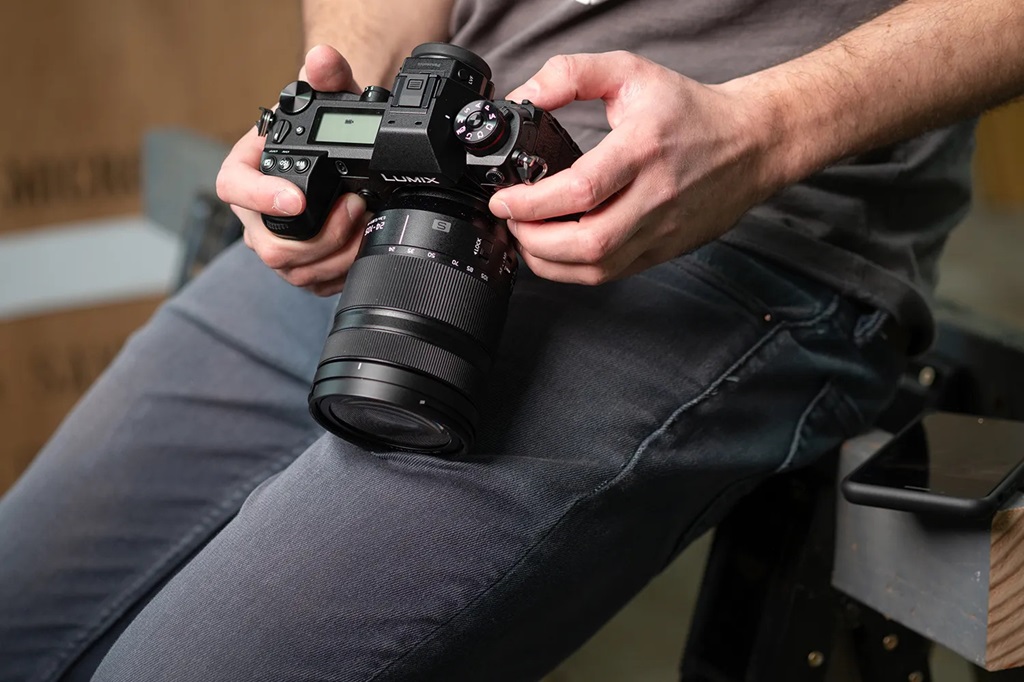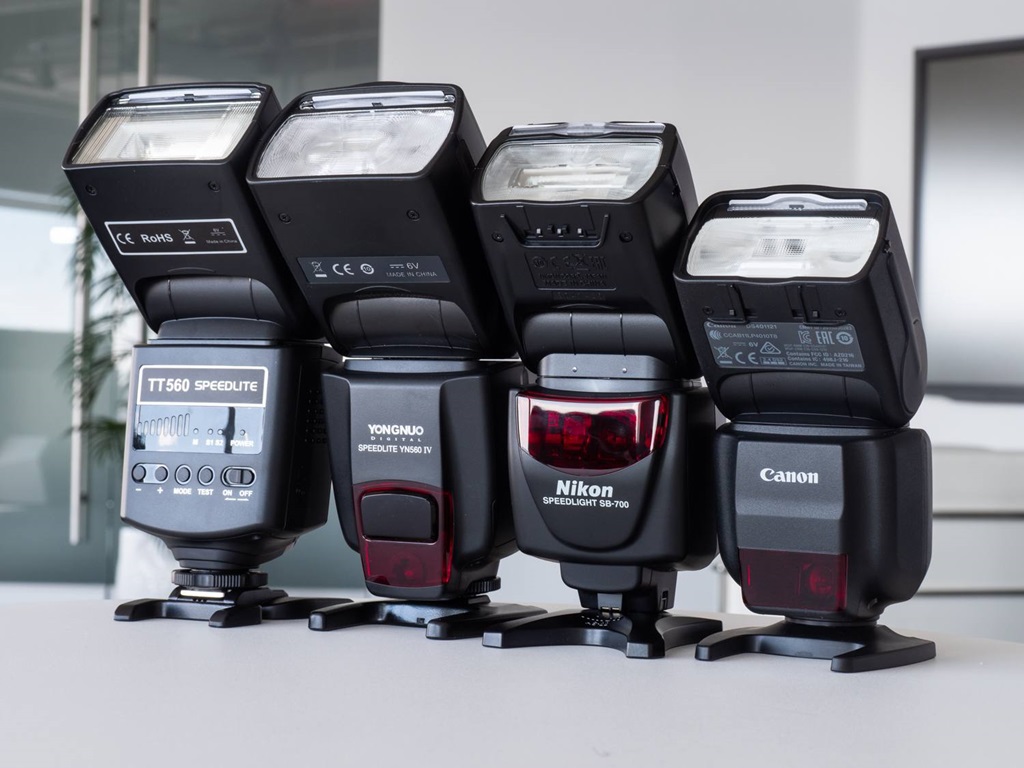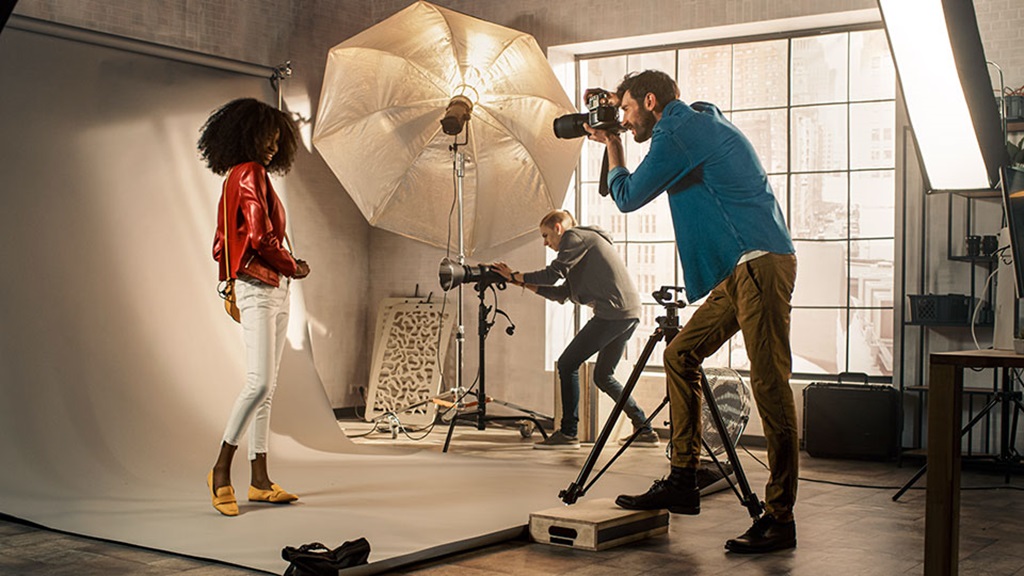
15 Jan How to Buy the Best Camera for Fashion Photography?
Fashion photography is all about capturing striking images of clothing, models, and related scenes. As a fashion photographer, your camera gear plays a huge role in getting the shots you want. With so many camera options out there, it can be daunting to figure out what is the best camera for fashion photography for your needs and budget. This guide will walk you through what to look for when choosing a fashion photography camera.
What Makes a Good Fashion Photography Camera?
When evaluating the best camera for fashion photography, there are a few key factors to consider:
Image Quality
Stunning image quality is essential for showcasing clothing, style, and beauty looks. You’ll want a camera that can capture high-resolution images with sharp focus, fine detail, and low noise, especially at higher ISO settings. Look for models with at least 20MP resolution or higher.
Fast Performance
Fashion shoots move quickly, so your camera needs to keep up. Seek out cameras with fast autofocus, quick continuous shooting modes (at least 5fps), and short blackout time between shots. The last thing you want is to miss a great moment due to slow camera performance.
Dynamic Range
Being able to capture a wide range from blacks to whites allows you to get proper exposure in tricky lighting. Models in flowing dresses, sequins, and more present challenges. Look for a camera with good dynamic range and RAW shooting so you can adjust images in post if needed.
Lens Options
The right lenses are also crucial for fashion photography. Look for a camera system with very wide aperture prime lenses (f/1.4, f/1.2) to get that coveted bokeh background effect. Zoom lenses like 24-70mm f/2.8 and 70-200mm f/2.8 are good all-rounders.
Portability
In fashion photography, you may be shooting at various indoor and outdoor locations, as well as traveling for shoots. A lighter, more compact system can make a big difference in mobility. Mirrorless cameras tend to be the top choice these days.
Best Camera Types for Fashion Photography
Now that you know what capabilities to look for, let’s explore some of the best camera types and models for fashion photography in 2024.
Full Frame Mirrorless Cameras
Full-frame mirrorless cameras offer the ultimate combination of image quality, speed, and portability. Top choices in this category include:
- Sony a7R V – 61MP resolution, 10fps shooting, and excellent dynamic range from its backside-illuminated sensor.
- Canon EOS R3 – Blazing 30fps burst mode, super-accurate autofocus, and robust weather sealing. A great option for active fashion shoots.
- Nikon Z9 – Flagship model delivers 45MP images, 20fps bursts, 8K video, and virtually no blackout or buffer lag.
- Fujifilm GFX100S – Medium format 102MP sensor gives insane resolution with 15 stops of dynamic range. More unwieldy than other options though.
These full-frame models deliver professional-level results in a lighter mirrorless body. Lens options are also plentiful. Expect to spend $3500+ for the camera body alone.
APS-C Mirrorless Cameras
APS-C sensor mirrorless models offer an affordable and portable alternative to a full frame. Great choices for fashion photography include:
- Fujifilm X-T4 – 26MP sensor, fast bursts to 15fps, class-leading color science, and great film simulation modes.
- Sony a6600 – 24MP resolution with lightning-fast autofocus and 11fps continuous shooting with minimal viewfinder lag.
- Canon EOS M6 Mark II – 32MP sensor with blazing fast 14fps bursts and Dual Pixel AF in a super compact body.
These models range from $900-1500 for the body only. You’ll have access to high-quality APS-C prime lenses at lower price points too. The smaller size can also be advantageous in crowded fashion show environments.
Full Frame DSLR Cameras
The DSLR may be fading in popularity, but it still holds its own for professional fashion photography:
- Nikon D6 – Nikon’s new flagship delivers a 20MP sensor, 14fps bursts, and exceptional low-light performance. The optical viewfinder ensures no blackout.
- Canon EOS-1D X Mark III – 16MP resolution, 191-point AF system, 20fps continuous shooting, and 4K video in Canon’s top-tier pro body.
- Sony a9 II – Sony’s sports-oriented full frame mirrorless boasts 24MP resolution, 20fps bursts, and 693-point phase detection AF.
While bigger than mirrorless options, pro DSLRs still excel for action-oriented shoots with seamless viewfinder shooting. Expect to pay $5000+ for these camera bodies.
Best Lenses for Fashion Photography
Lenses suited for fashion photography should have wide maximum apertures for shallow depth of field and nice bokeh. Useful focal lengths range from 14-200mm. Here are some top lens types to consider:
Wide Angle Prime
Wide angle primes like 24mm, 28mm, or 35mm allow you to get right into the action of fashion shows and shoots. Look for lenses with f/1.4, f/1.2 or f/1.8 apertures. Popular options:
- Sony 24mm f/1.4 GM
- Sigma 35mm f/1.2 DG DN Art
- Canon RF 35mm f/1.8 Macro IS STM
These give you sharpness and beautiful background blur for dynamic fashion images.
Standard Zoom
A 24-70mm f/2.8 zoom lens provides both wide and portrait focal lengths in one robust package. Choices like:
- Nikon Z 24-70mm f/2.8 S
- Tamron 24-70mm f/2.8 Di VC USD G2
- Sony FE 24-70mm f/2.8 GM II
These lenses capture crisp, detailed shots across the zoom range – ideal as a main fashion photography lens.
Portrait Prime
Longer prime lenses between 85-135mm serve as gorgeous portrait lenses to isolate models against dreamy bokeh. Consider:
- Canon RF 85mm f/1.2L USM
- Nikon Z 85mm f/1.8 S
- Sony FE 135mm f/1.8 GM
These optics combine razor-thin depth of field with exceptional sharpness.
Telephoto Zoom
A 70-200mm or 100-400mm telephoto zoom allows you to get tighter shots from a distance. Useful for candid fashion moments or shows. Top models include:
- Sony FE 100-400mm f/4.5-5.6 GM OSS
- Canon RF 100-500mm f/4.5-7.1L IS USM
- Nikon Z 70-200mm f/2.8 VR S
These give you extended reach while maintaining f/2.8 or faster apertures for blurry backgrounds.
Best Camera Features for Fashion Photography
Beyond just resolution and speed, there are some other helpful camera features that can improve your fashion photography:
Articulating Screen
Having a flip-out vari-angle screen lets you compose shots from challenging high and low angles. This helps capture creative fashion perspectives.
Dual Card Slots
Pro cameras with dual card slots allow instant backup or overflow capture, giving you peace of mind against lost images. Look for models with SD + CFexpress slots.
Focus Peaking & Zebra Stripes
These manual focus aids help nail critical focus on models and clothing details quickly. Helpful in tricky lighting situations.
Tethering Support
Being able to tether your camera directly to a computer or tablet streamlines studio fashion shoots. Look for USB-C or WiFi / Bluetooth tethering.
Weather Sealing
For active outdoor fashion shoots, be sure your camera has ample weather sealing and construction to withstand the elements.
Camera Settings for Fashion Photography
Nailing your camera settings will help capture brilliant fashion images:
Shoot RAW
RAW images hold way more data and editing flexibility than JPEGs. The extra leeway helps perfect your final fashion photos.
Optimize File Size
Strike a balance between high MP count for details and lower resolution to allow faster shooting and bigger memory buffers. 20-30MP is a good range.
Use Base ISO
Stick to base ISO (typically 100) whenever possible to maximize dynamic range and image quality. Only bump ISO when you must.
Manual White Balance
Auto-white balance can cause inconsistent skin tones and colors. Set the custom white balance for accurate color in changing conditions.
Learn Metering Modes
Evaluate, matrix, and spot metering all have uses for tricky lighting. Learn how and when to override auto exposure.
Enable Focus Peaking/Zebras
These manual focus aids really help in controlling the focus on models and seeing blown highlights before you shoot.
Custom Noise Reduction
Find a noise reduction balance between preserving detail and cleaning up grain at higher ISOs. Save custom NR profiles.
Adjust Burst Rates
Configure your fastest bursts for key moments to ensure you capture the shot. But also set slower-paced bursts for easier review.
Get the Proper Lighting Gear
Great fashion photography relies on adequate and flattering lighting. Some essential gear includes:
External Camera Flash
A powerful external flash like the Profoto B10 gives you portable off-camera lighting to overpower the sun, sculpt light, and freeze motion.
Reflectors & Diffusers
Reflectors bounce and soften natural light. Diffusers gently spread and filter sunlight. Essential for shooting outdoors.
Backdrops
Seamless paper, fabric backdrops, or portable stands provide clean backgrounds and can complement clothing colors.
Continuous LED Lights
LED panels give constant adjustable lighting for video. Great for shooting motion and movement with models.
Light Stands & Modifiers
Umbrellas, softboxes, grids, and gels allow you to precisely shape and color continuous lights and flash.
Remote Triggers
Remotes fire your off-camera flash units. Allow the assistant to trigger lights from a distance.
Best Post Processing Software
Raw processing and editing play a big role in fashion imagery. Useful programs include:
Adobe Lightroom
Industry-standard software for cataloging, processing, and editing large volumes of fashion photographs with ease.
Capture One
Powerful alternative to Lightroom with excellent RAW processing tools optimized for skin tones.
Photoshop
Use Photoshop for detailed retouching, compositing, and image manipulation like removing distractions.
Affinity Photo
Affordable one-time purchase software with a great selection of retouching tools. Alternative to Photoshop.
Topaz Studio
Plug-in with specialized AI tools including skin smoothing, de-noising, sharpening, and bokeh effects.
Piccure+
Straightforward AI-powered app to quickly retouch portraits. Great for batch processing.
Beginner Tips for New Fashion Photographers
If you’re just getting started in fashion photography, here are some pro tips:
- Study fashion magazines and Instagram to get a sense of styles and trends. Notice lighting, poses, and locations.
- Assist a professional fashion photographer before striking out on your own. Learn their process.
- Start by building a portfolio – offer free shoots to modeling agencies or do styled shoots with rental clothing.
- Invest in 1-2 great lenses (85mm f/1.2 prime, 24-70mm f/2.8) rather than a huge collection at first.
- Rent pro lighting gear for your early shoots before purchasing your own. Test different setups.
- Post your images online regularly to build a following and get more work. Social media is key.
- Take advantage of natural light for outdoor fashion shoots when starting out. Add artificial lighting over time.
- Study posing, lighting diagrams, editing tutorials – constantly work to refine your skills.
- Network and collaborate with makeup artists, stylists, models, and fashion designers to expand your opportunities.
Conclusion
Choosing the right camera for fashion photography involves evaluating resolution, speed, autofocus, dynamic range, size/portability, lens options, and other features critical to capturing outstanding fashion shots. Mirrorless cameras like the Sony a7R V, Canon R3, and Fujifilm X-T4 are top choices that balance image quality and performance. Aim for pro-level lenses with fast apertures around f/1.4-f/1.8 to achieve ideal subject isolation and bokeh. Powerful lighting is also a big part of creating striking fashion images. With the right camera gear and knowledge of settings and techniques, you’ll be ready to shoot eye-catching photographs to showcase the beauty of clothing and style.
FAQs
What is the best camera setting for fashion photography?
Use your camera’s base ISO, manual white balance, spot metering, continuous AF, silent shutter mode, 5-7 fps bursts, and RAW image quality. Optimize settings for your specific shoot.
Is full frame better for fashion photography?
Full frame sensors have an advantage in resolution, low-light performance, and overall image quality. But crop sensors work well too and are much more affordable.
What’s more important: megapixels or camera brand?
Go for a minimum of 20MP, but camera selection is more important than just high resolution. Pay attention to speed, dynamic range, lens selection, and other factors.
How many lenses do fashion photographers need?
You can start with just a nifty fifty and 85mm prime. Over time build up to wide (24mm), standard zoom (24-70mm), telephoto (70-200mm), macro, and more specialized lenses.
How much gear do I need to get started?
You honestly don’t need much – just a good camera, a couple of fast lenses, a flash, and basics like batteries and memory cards. Lighting gear and other equipment can slowly be added later.






